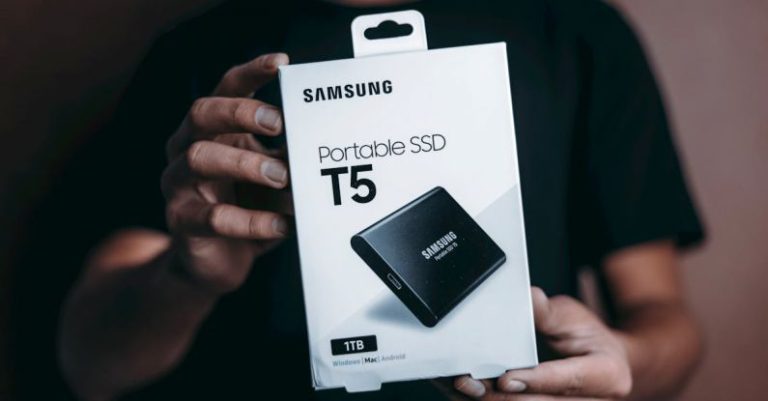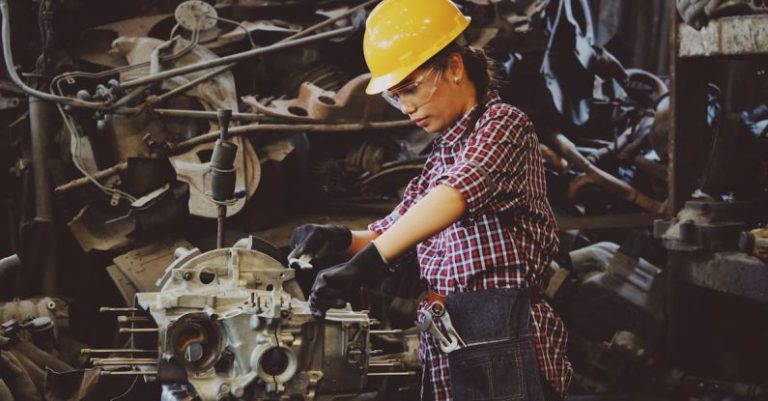Troubleshooting Audio Problems in Custom Pc Builds
Building a custom PC can be an exciting endeavor, allowing you to create a personalized machine that meets your specific needs and preferences. However, one common issue that many DIY builders encounter is audio problems. Whether you’re experiencing crackling sounds, no audio output at all, or other issues, troubleshooting audio problems in custom PC builds can be a frustrating task. In this article, we will explore some common audio problems that you may encounter when building a custom PC and provide solutions to help you get your audio up and running smoothly.
Identifying the Issue
Before diving into troubleshooting, it’s important to identify the specific audio problem you’re experiencing. Is there no sound at all coming from your speakers or headphones? Are you hearing crackling or distorted audio? Is the volume too low, even when turned up to the maximum? By pinpointing the exact issue, you can focus your troubleshooting efforts on finding a solution more effectively.
Checking Connections
The first step in troubleshooting audio issues in a custom PC build is to check all connections. Make sure that your speakers or headphones are properly plugged into the correct audio jack on your motherboard or sound card. If you’re using external speakers, ensure that they are powered on and the volume is turned up. Sometimes, a loose connection can cause audio problems, so it’s essential to verify that all cables are securely plugged in.
Updating Drivers
Outdated or faulty audio drivers can also cause audio problems in custom PC builds. To ensure that your audio drivers are up to date, go to the website of your motherboard or sound card manufacturer and download the latest drivers for your specific model. Install the drivers and restart your computer to see if the audio issues have been resolved. Sometimes, a simple driver update can make a significant difference in audio performance.
Checking Sound Settings
Another common culprit of audio problems in custom PC builds is incorrect sound settings. Make sure that your audio output device is selected correctly in the Windows sound settings. Right-click on the speaker icon in the system tray, select “Open Sound settings,” and verify that the correct output device is chosen. You can also adjust the volume level and test different audio formats to see if the issue persists.
Troubleshooting Software Issues
If you’re still experiencing audio problems after checking connections, updating drivers, and verifying sound settings, the issue may be related to software conflicts. Close any applications that may be using the audio device simultaneously, as this can sometimes cause conflicts and audio issues. Additionally, consider running a malware scan to rule out any malicious software that could be interfering with your audio system.
Testing Hardware Components
If you’ve exhausted all software troubleshooting steps and are still facing audio problems, it’s time to test your hardware components. Try connecting your speakers or headphones to a different audio source to see if the issue lies with the audio device itself. If the audio works fine with another device, the problem may be related to your custom PC build’s audio output, such as the motherboard or sound card. Consider testing with a different set of speakers or headphones to further isolate the issue.
Seeking Professional Help
If you’ve tried all the troubleshooting steps outlined above and are still unable to resolve the audio problems in your custom PC build, it may be time to seek professional help. Contact the manufacturer of your motherboard or sound card for further assistance, or consult a professional PC technician who can diagnose and repair the issue for you.
In Conclusion
Troubleshooting audio problems in custom PC builds can be a challenging task, but with the right approach, you can identify and resolve the issue effectively. By checking connections, updating drivers, verifying sound settings, troubleshooting software conflicts, testing hardware components, and seeking professional help if needed, you can get your audio system up and running smoothly in no time. Remember to approach each step methodically and patiently to ensure a successful resolution to your audio problems.






